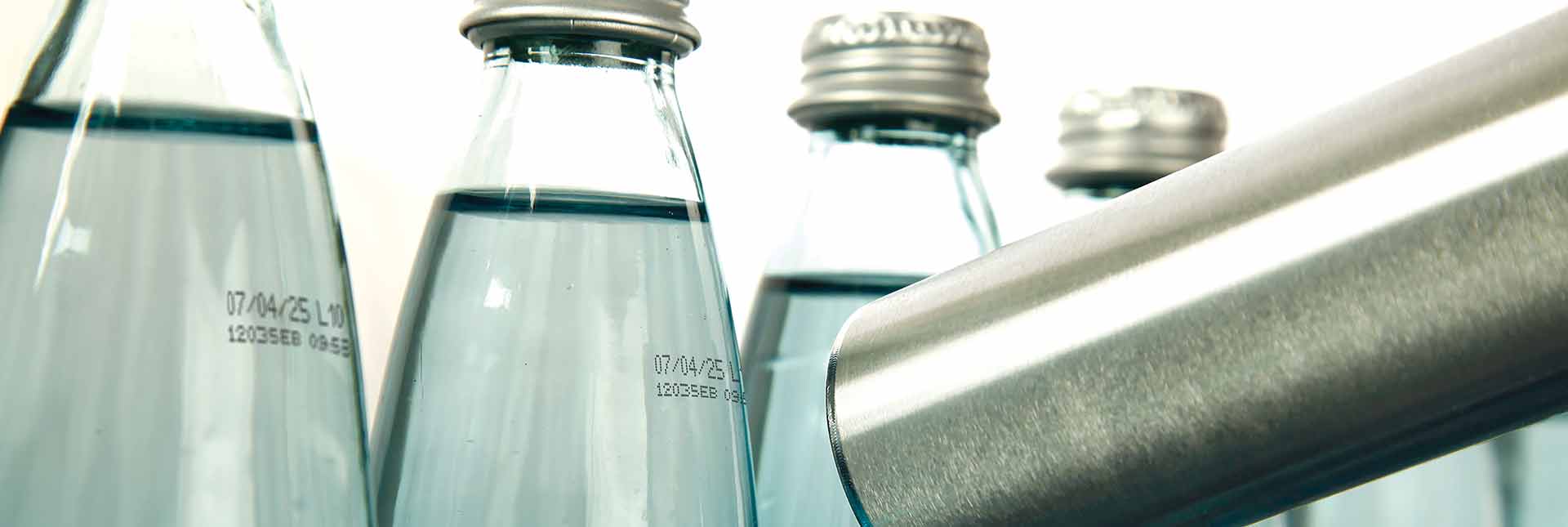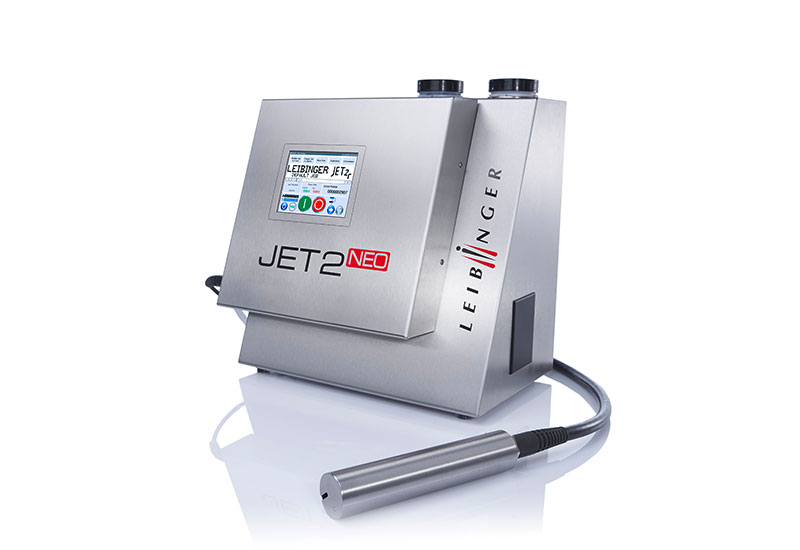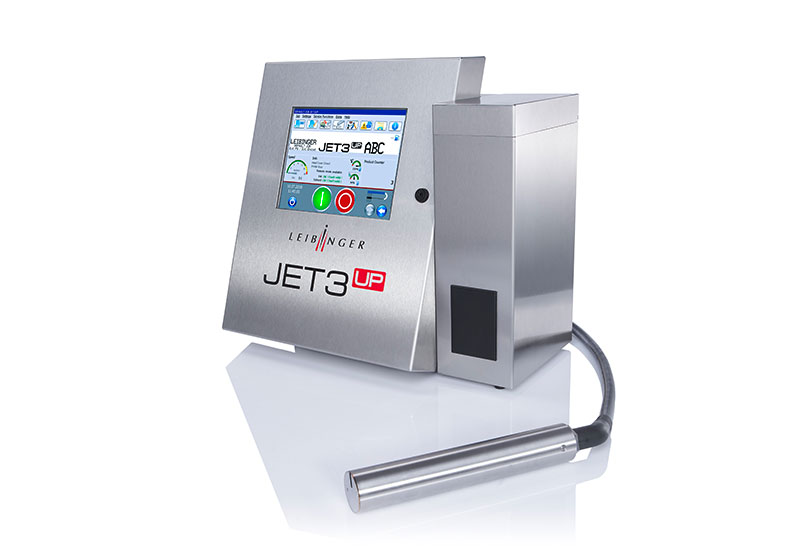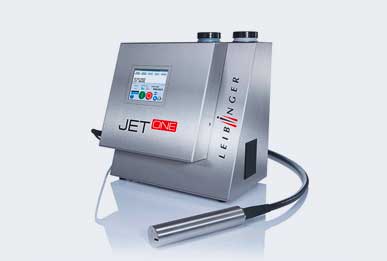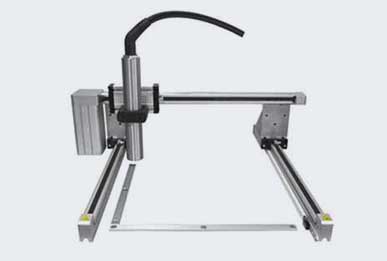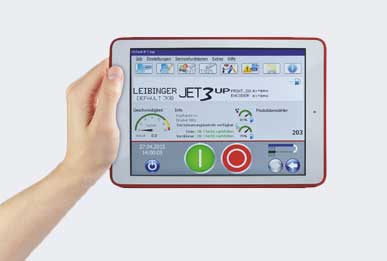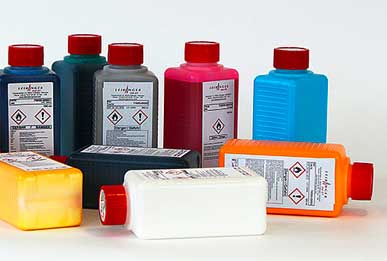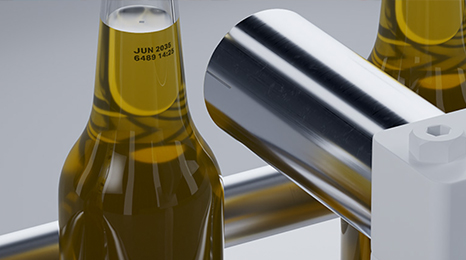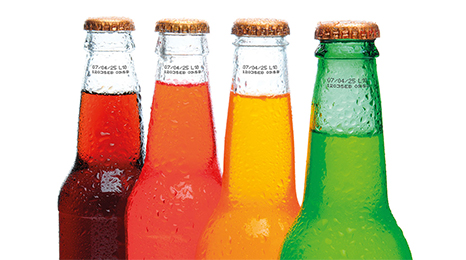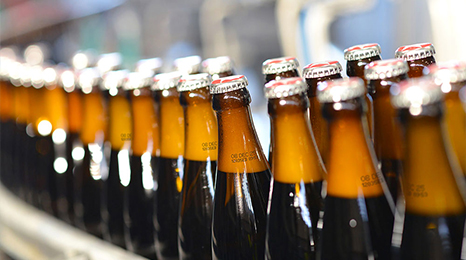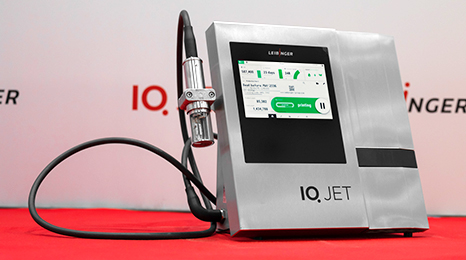The challenges of glass marking and bottle printing
Marking and coding beverage is all about volume. It is quite typical for bottling plants to process 100,000 bottles every hour, so the coding or printing process has to be reliable, legible – and very rapid. But printing on glass is not straightforward. It is a difficult surface to print onto, and different kinds of text and codes like best before dates or lot numbers need to be printed, depending on the needs of the bottler and the beverage in question. In addition, you need to take into account the specific marking requirement: are you marking onto a flat area of glass, or are you marking onto convex or concave glass surfaces?
Glass is a fragile, yet unforgiving material, and the printing systems used need to achieve high legibility and optimum ink adhesion at high speed, whilst fitting in with the very particular arrangements used in bottling plants.
Glass bottle identification numbers and more
What do you need to print onto glass? Again, this can vary enormously. Typical marks on glass include regular text, which may indicate expiration dates of the contents of the bottle, if perishable. This is mandated in many countries including the EU, the USA and others.
In addition to text, code marking is often necessary. Codes can be one- or two-dimensional, ie barcodes or QR codes; these are machine-readable marks and designed to enable partners at any point in the supply chain to identify batches and products with a simple scanning technology, improving logistical efficiency.
In addition, CIJ printers can apply logo marks or other artwork onto glass. This can be a supplement to a paper label, and can help to promote a brand by reassuring the end-consumer of the quality of the contents.
The data may be constant, or it may be variable. In this case it is often important to ensure that the printer can handle changing data, and that it can be integrated with the appropriate database or data stream. This often requires an interface with other systems in use, such as ERP or label management systems.
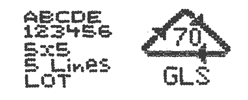

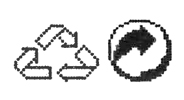
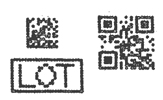
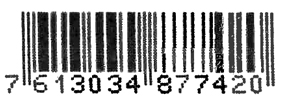

Automotive glass marking and other industries
A layman might think that beverages are the only instance of applying marks onto glass, but this could not be further from the truth. The glass industry supplies companies of all kinds. Glass is used in the food industry, for example in jars. In the automotive world, for example, specialist, strengthened glass is used for car windows, windshields and sunroofs; each item needs to be marked so that batches can be traced. Since these glass items are often manufactured by separate manufacturers and then supplied to different automotive companies for assembly, it is important that codes can identify which glass items are designed for which purpose - and indeed for which manufacturer.
The construction industry drives the production and manufacture of large amounts of glass to make windows and doors. As construction requirements vary, so does the design of the glass. It can be shaped, colored, strengthened and cut to size to help the constructor to fulfil the architect’s vision – and with so many different glass products in use, marking with a unique printed code is essential.
Other glass items also need marking for similar reasons, even though the glass products themselves are very different. Glass marking is used on solar panels and photovoltaic systems, for example, while laboratories also use glass items like petri dishes and test tubes. For quality reasons, manufacturers need to ensure that each item is traceable - hence the need for marking.
The variety of marking applications is enormous, which has driven the development of LEIBINGERs wide range of printers, offering the specification to suit manufacturers and producers of all kinds of glass items.
Beverage >>>
Dairy >>>
Fruits and vegetables >>>
Automotive >>>
Why bottle marking is not as straightforward as it may seem
Beverage marking: Glass may be seen as a fragile material, but it is often used for its strength and recyclability. During the ongoing high-speed production, the used ink for the marking must be fast-drying. But returnable bottles introduce another marking problem: the codes printed need to be durable enough to withstand the rigors of the journey from bottling plant to consumer without being erased, but when the bottle is re-used, it is necessary to replace the code to carry the new expiration date. The durability of the ink is therefore an essential and sometimes problematic challenge.
Different inks for different challenges
Inks also have other qualities that are important to bottling plants and glass manufacturers. Fast-drying inks may need FDA-compliant qualities, which are essential if they are used in contact with foodstuffs. Also, if a bottling plant is using dark bottles (or light bottles that contain a dark substance, such as red wine) it may be best to use an opaque, pigmented ink that stands out against a dark background. Pigmented inks bring further challenges since the pigment can settle after a period of inactivity; LEIBINGER has addressed this issue with a system that keeps the pigmented ink in motion, thus ensuring consistent quality of print.
Inks also often need to penetrate condensation and adhere correctly despite the presence of water on the outside of beverage bottles – and some inks are preferred for their resistance to condensation that forms after printing. Re-usable bottles will need inks that can be removed before re-filling.
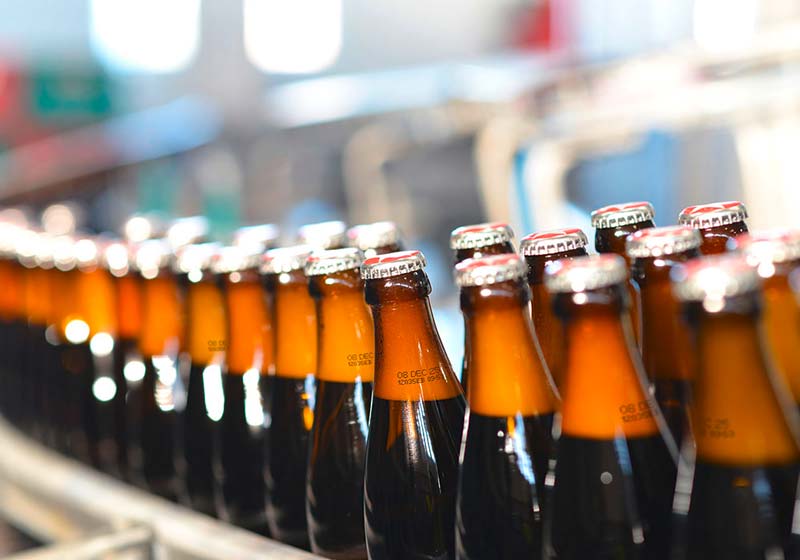
Not all production environments are the same
In the same way that products vary, there is also variety in the production environment. Sometimes, dust particles in the air can create problems by interfering with the application of ink. Again, LEIBINGER has a smart solution to this recurring problem; by creating air pressure in a part of the print head, it drives dust away from the point of printing - which means it achieves a dust-free, highly legible result each time. In the food and drink industry, hygiene standards sometimes demand regular washing down of equipment; the marking equipment used in such environments clearly needs to be IP65 waterproof, and LEIBINGER therefore has specialist waterproof models available for such customers.
Some items to be printed are smaller than others, requiring a smaller font. LEIBINGER addresses this issue by offering models with reduced nozzle size (down to 35µm) which allows fonts as small as 0.7mm.
The human side of glass marking
Production lines are largely automated, but bottling plants still rely on the expertise and efficiency of staff to keep things running smoothly. With this in mind, LEIBINGER marking products are equipped with intuitive and reliable design software, which enables staff to create and manage jobs, as well as to easily change the information printed. Other software tools that enhance productivity include systems that enable the management of multiple printers from a single console, as well as an iOS or Android app that enables remote control operation.
The need for reliability, liquidity and speed
The ultimate aim of a bottling plant – or indeed most manufacturing facilities – is to maximize throughput and maintain quality. For this to happen, each part of the production line must perform reliably and at high speed. One way that LEIBINGER helps to make this possible is its Sealtronic print head technology. The problem with continuous inkjet printing is that the ink has to dry fast, which means that a pause in production – for example between sessions or at the end of a working week – results in dried ink and blocked nozzles. Before marking can begin again, the nozzles need cleaning and rinsing. Sealtronic technology removes this problem by automatically sealing the nozzle when production stops. That means that nothing dries out, so you can start marking again immediately without cleaning or rinsing cycles.
Combined with our equipment reliability and worldwide service network, Sealtronic helps to ensure customers in the glass industry are able to keep marking and keep their production lines rolling.
Tools and accessories used in glass marking
While the CIJ printer is the principal piece of equipment associated with glass marking, there are other accessories available that help to improve quality and efficiency. For example, LEIBINGER offers its V-check Vision system: a high-performance image sensor that can be easily attached to our JET2neo or JET3up marking machines, in order to monitor print quality and reliably detect incorrectly or incompletely marked products at high speed. Through early detection of faults, it ensures you avoid wastage and can continue marking at high speed and high quality.
Intelligent marking technology
For the beverage industry
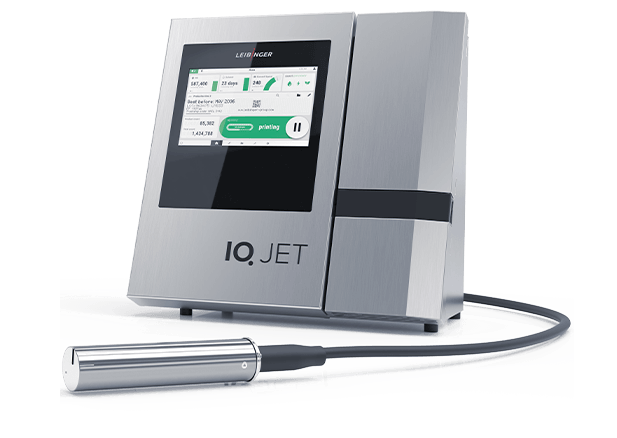
IQJET - the world's first intelligent coding system. Enhance your bottle marking capabilities with our state-of-the-art technology, offering a maintenance-free duration of five years for unparalleled performance.

